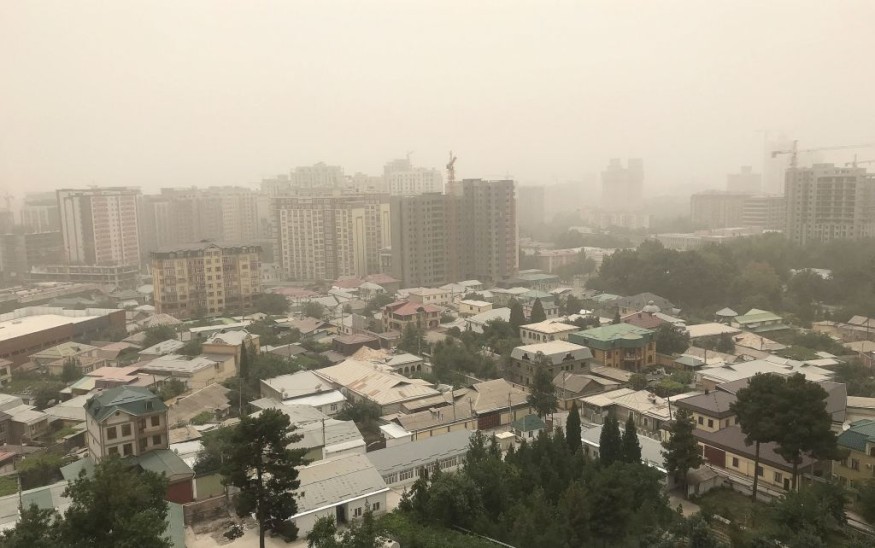
Storms of dust and sand have been uprooting a million square kilometers of land due to overgrazing, over-mining, and other human activities.
Losing A Million Sq-Km of Productive Land to Sand Storms
The United Nations Convention to Combat Desertification (UNCCD) cautioned that nearly 1 million square kilometers, equivalent to 386,000 square miles, of productive land is annually lost to sand and dust storms exacerbated by human actions.
Approximately 2 billion tons of sand and dust enter the atmosphere yearly, causing widespread disruptions in Asia and Africa and substantial global economic harm.
During a meeting in Samarkand, Uzbekistan, discussing progress in halting land degradation, the UNCCD revealed a report attributing a quarter of these storms to human activities, such as over-mining and overgrazing.
Ibrahim Thiaw, the UNCCD executive secretary, said that these soil losses severely impact food security in vulnerable nations, fuel migration, hinder navigation, and pose security threats.
He stressed that this issue transcends individuals, affecting entire communities and necessitating urgent collective action.
Combating Desertification and Degradation
The UNCCD emphasized the need for enhanced land management practices to rejuvenate degraded land and urged increased focus on fortifying early warning systems and resilience.
Thiaw highlighted the significant challenge of funding, citing a mere $15 billion allocated from 2016 to 2019 across 126 nations to address desertification and degradation.
He stressed the necessity for fresh incentives and public financial backing to encourage responsible land use within the private sector.
While praising China's successful efforts in combatting desertification through long-term restoration and reforestation, Thiaw noted its vulnerability to sandstorms originating from degraded lands in Mongolia.
With COP28 climate talks imminent, Thiaw underscored the crucial role of sustained land restoration in combating global warming, emphasizing the cyclic relationship where land degradation contributes to climate change, further intensifying land loss worldwide.
Sand Storms and Its Effects on the Environment
Sand and dust storms pose significant challenges in arid and semi-arid regions, often triggered by thunderstorms or cyclone-associated pressure gradients, intensifying winds and lifting vast quantities of particles into the atmosphere.
Roughly 40% of aerosols in the troposphere stem from wind-eroded dust particles, primarily originating in Northern Africa, the Arabian Peninsula, Central Asia, and China, with minor contributions from Australia, America, and South Africa.
These particles, once airborne, travel across the troposphere driven by winds and varied meteorological conditions.
Larger particles sediment faster than smaller ones, impacting their transport duration and causing a shift toward smaller sizes during travel.
While precipitation can wash dust from the atmosphere, particles can persist anywhere from a few hours to over 10 days, influencing ecosystems.
While beneficial to ecosystems through nutrient supply, dust poses agricultural challenges, reducing crop yields, causing soil erosion, and hindering photosynthesis.
Moreover, it impacts transportation by affecting visibility, posing risks to aviation with diverted landings and delayed departures, damaging aircraft surfaces, and impeding solar power plant efficiency.
Dust accumulation on solar panels requires constant cleaning, consuming time and labor, and affecting their energy output.
Addressing these multifaceted impacts requires comprehensive strategies to mitigate the adverse effects of these airborne particles on various sectors.
© 2025 NatureWorldNews.com All rights reserved. Do not reproduce without permission.





